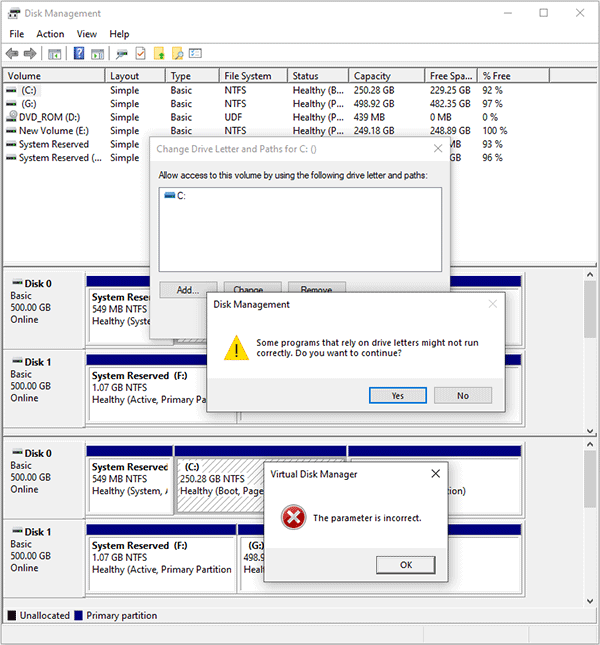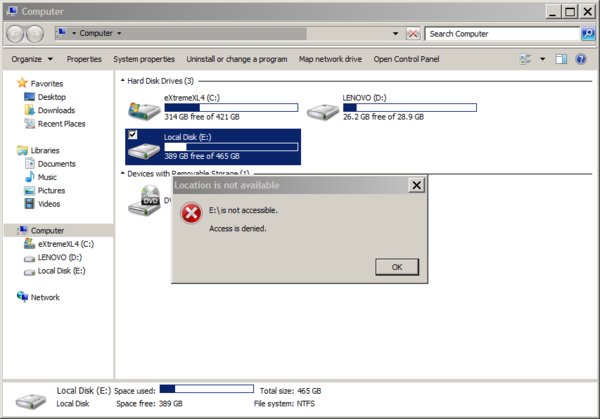

Fortunately, there are several methods to be able to move the applications to the D Drive (default name of the new volume) without having to install them again, also preserving the information and configuration that they had until the last moment they were used. If a new drive is purchased, any user may have the concern of re-installing all their applications, a task which would mean a lot of time. Is there a way to just move all the applications to the new drive?Ĭ Drive is the volume where Windows 10 is installed, so the rest of the applications will also be installed there automatically. Installing again all of my programs one by one from my C Drive will be a very slow process. I'm assuming that someone(s) out there "gets" what I'm saying here in an amateur way and can give me experienced, knowledgeable answers and guidance.Q: I have recently acquired a new drive. I guess I'm wanting my files to live in two places-local and cloud-in a way that helps keep data safe and allows access from multiple locations. Second, assuming that my question above does not lead to a dead end, then how might I best achieve my two goals? Is Sync or Backup better for this? Should I turn on sync on all three computers? Will that result in the My Dropbox Home Page listing the three computer names/identifiers-so that I can click on one name to get into the attached files? In advance, Sync would seem more straightforward and intuitive, but I worry that a mistaken deletion on DB or PC will just sync by deleting in the other location. My question is whether Dropbox can Sync or Backup from Desktop, Documents, and Downloads on C: AND my data on D:? I don't want to go down this road and find a dead end. I think my PC puts Desktop, Documents, and Downloads on C: although I don't create much data outside drive.

I got Dropbox to achieve two main goals-1) to have backup security against data loss and (2) be able to access and work with data from any of my computers in an an efficient, organized way from any workstation.įirst, on my Home PC, I use solid state C: drive for operating system & programs and drive for data.

I own three computers-a Home PC, Office PC, and laptop.


 0 kommentar(er)
0 kommentar(er)
